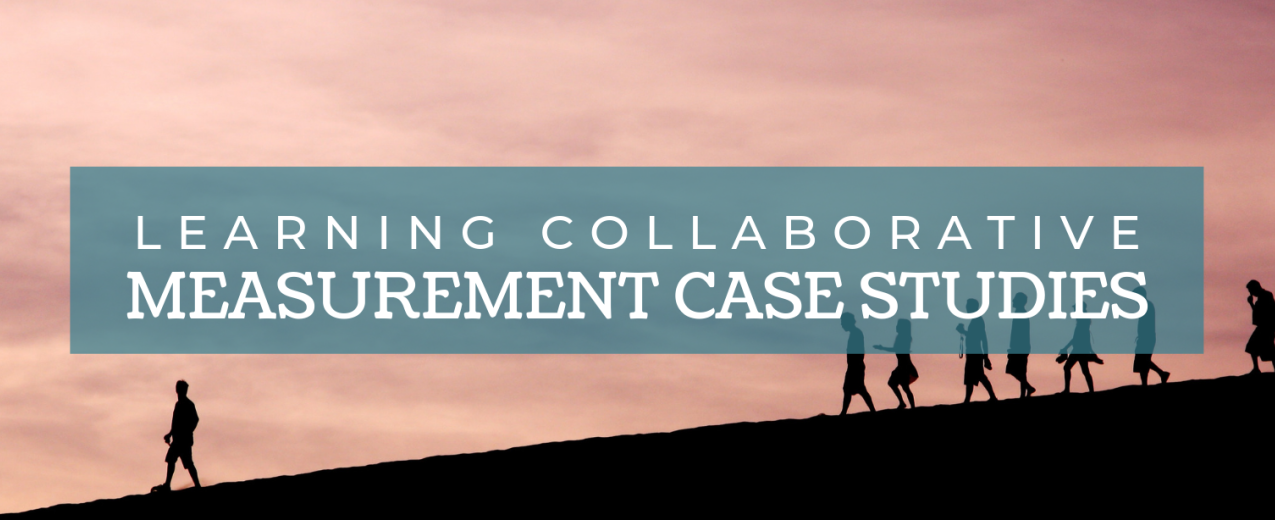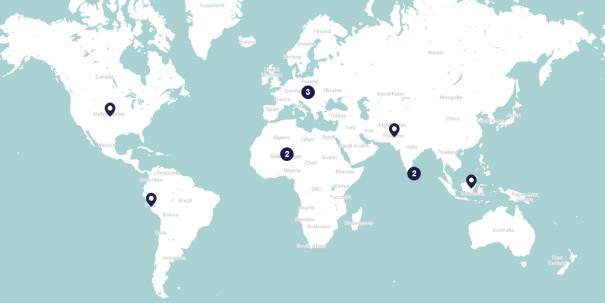
- Project summary
- 30 April 2019
Understanding Early Marriage in Urban Poor Settlements in Bangladesh Study
- Author: CDavin
- Published by: Social Norms Learning Collaborative
Organisations involved
BRAC
Summary
This project (2015-2018) aims to investigate the underlying issues that lead to early and child marriages in the context of urban slums in Dhaka and Chittagong, Bangladesh and the ways in which child marriage impacts and changes girls’ lives. This project was a 3-year research project that reviewed two existing interventions in Dhaka (BRAC Annual Development Program and Women's Health Rights and Choices (SHOKHI)), identifying successes, challenges, and lessons learned. The results of this study are expected to generate evidence-based communication messages and solutions for government, program implementers, donors, and other stakeholders (i.e. community leaders), promote more informed and effective interventions, and ultimately support the national goal of ending child marriage. This study works with married and unmarried youth (13-24 years old) along with their parents, community members, teachers, marriage registrars, and program staff.
Social norms of interest
Related to: early marriage and childbearing, gender equity
Behaviours of interest
Delayed marriage and childbearing
Social norms measurement
Social norms were assessed using direct observation, in-depth interviews (IDI), focus group discussions (FGD), baseline and endline surveys with adapted Global Early Adolescent Study (GEAS) gender scales.
Key findings to date
Parent’s attitudes and perceptions of marriageable age for girls and boys have shifted. Early marriages are increasingly due to love relations as opposed to arranged marriages. Parents know that early marriage is not a good practice but often give into circumstances beyond their control. Marriage provides girls with a form of social security. 96% of survey participants perceived that general/community people did not consider a girl as ‘good’ who use the mobile phone or didn’t cover their heads in public place. Visible role models played an important part in convincing parents and girls that secondary education, delayed marriage, and employment outside the home could lead to positive futures for their adolescent girls. Adolescent girls do not all accept the gender status quo. Only 32% of ever married girls reported that their parents gave a dowry during their marriage.

Map of social norms-focused projects and measurement approaches
- Countries / Regions:
- Bangladesh
- Data collection methods:
- Interview, Focus group, Survey, Scales